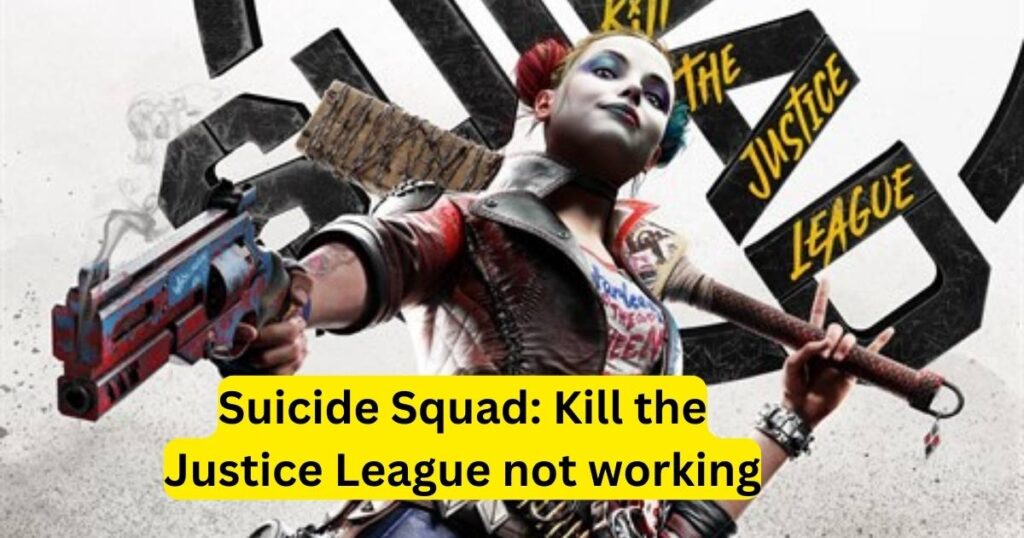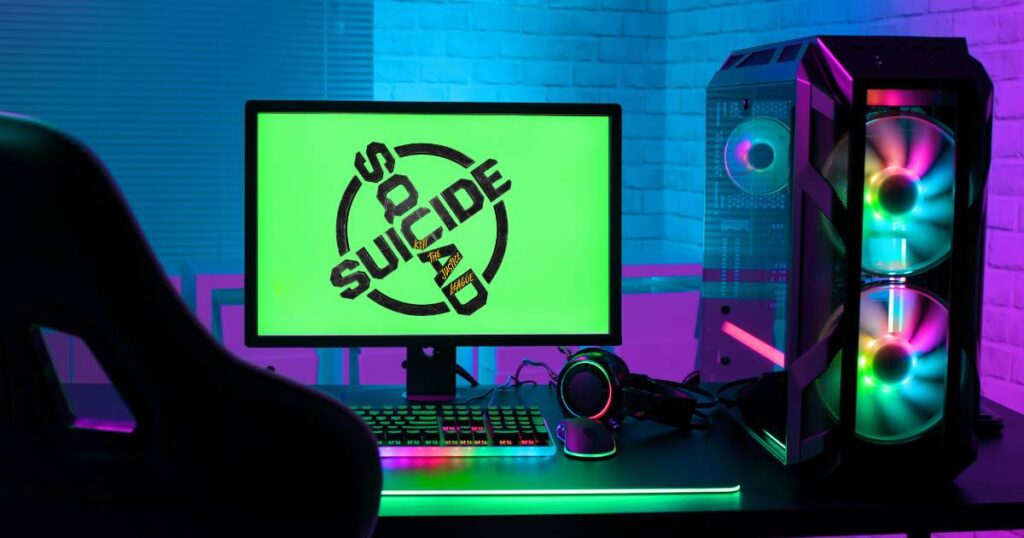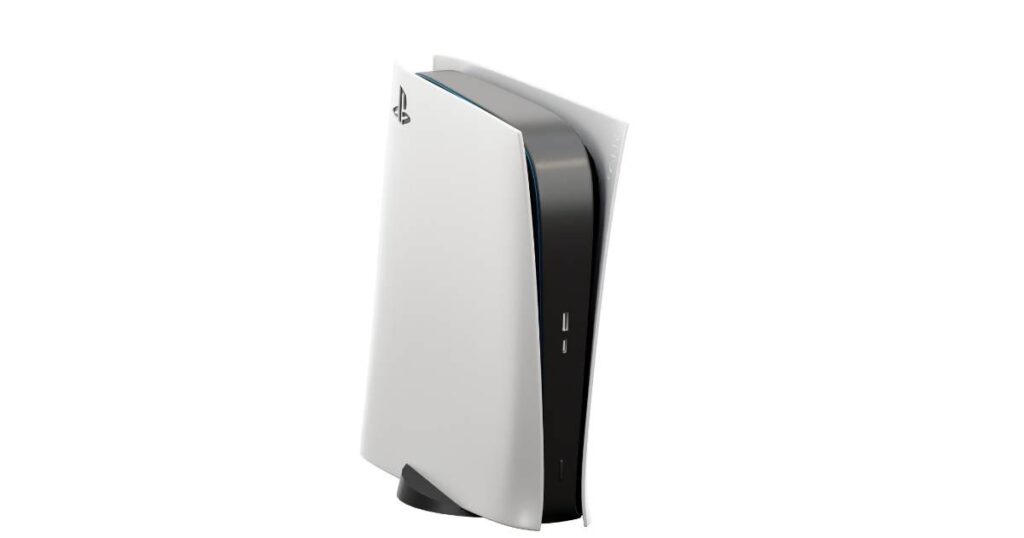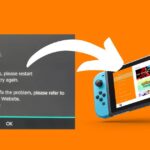Suicide Squad: Kill the Justice League not working on PC PS5 or Xbox
Gamers around the globe eagerly awaited the release of Suicide Squad: Kill the Justice League. However, some found their excitement dampened when they encountered issues running the game on PC, PS5, or Xbox. This guide aims to shed light on common problems and offer step-by-step solutions to get you back in action.

SYSTEM REQUIREMENTS
When discussing the specifications for gaming on PC, PS5, and Xbox, it’s important to consider the broad range of PC configurations and the more fixed hardware found in consoles like the PS5 and Xbox Series X|S. Below, I’ll outline a general guide for PC specifications that should be suitable for modern gaming titles like “Suicide Squad: Kill the Justice League,” as well as the known specs for the PS5 and the Xbox Series X and Series S.
PC Gaming Specifications
For PC gaming, specifications can vary widely based on individual components. Here’s a general guideline for a PC build that aims to balance performance and cost, capable of running recent games smoothly at high settings:

Recommended PC Specifications:
- CPU: Intel Core i7-9700K or AMD Ryzen 5 3600. Both offer solid performance for gaming and multitasking.
- GPU: NVIDIA GeForce RTX 3060 Ti or AMD Radeon RX 6700 XT. These graphics cards provide excellent performance for 1080p and 1440p gaming.
- RAM: 16GB DDR4. This is the sweet spot for gaming, allowing for smooth multitasking and sufficient bandwidth for demanding games.
- Storage: 1TB NVMe SSD. Fast storage speeds up game load times and overall system responsiveness.
- Motherboard: Compatible with your chosen CPU and supports your desired RAM speed and storage interface (e.g., SATA, NVMe).
- Power Supply: At least 650W, 80+ Gold certified for efficiency and reliability.
- Operating System: Windows 10 or Windows 11, depending on preference and game compatibility.
These specifications are a guideline and can be adjusted based on budget, performance requirements, and future-proofing considerations.
Don’t miss: Granblue Fantasy: Relink is not working on PC-A Troubleshooting Guide
PS5 Specifications
The PlayStation 5 is Sony’s latest console, offering significant upgrades over its predecessor in terms of processing power, storage speed, and graphics capabilities. Here are the key specs:

- CPU: Custom 8-core AMD Zen 2 CPU, clocked at 3.5GHz (variable frequency)
- GPU: Custom AMD RDNA 2 GPU, 36 CUs at 2.23 GHz (variable frequency), 10.28 TFLOPs
- RAM: 16GB GDDR6
- Storage: Custom 825GB SSD with a raw read bandwidth of 5.5GB/s
- Expandable Storage: NVMe SSD Slot, compatible with approved PS5 expansion SSDs
- Optical Drive: 4K UHD Blu-ray drive (in the standard edition)
- Output: Up to 8K resolution or 4K at 120Hz, HDMI 2.1 support
The PS5’s custom SSD and its integration with the system’s hardware is a key feature, significantly reducing load times and enabling new game design possibilities.
Xbox Series X and Series S Specifications
Microsoft’s Xbox Series X is the more powerful counterpart to the Series S, aiming at high-fidelity gaming with support for 4K resolution and high frame rates. The Series S is a more affordable, digital-only option designed for 1440p gaming.
Xbox Series X:
- CPU: Custom 8-core AMD Zen 2 CPU, clocked at 3.8GHz (3.6GHz with SMT)
- GPU: Custom AMD RDNA 2 GPU, 52 CUs at 1.825 GHz, 12 TFLOPs
- RAM: 16GB GDDR6
- Storage: 1TB Custom NVMe SSD, with a raw read bandwidth of 2.4GB/s (4.8GB/s compressed)
- Expandable Storage: 1TB expansion card, matches internal storage exactly
- Optical Drive: 4K UHD Blu-ray drive
- Output: Up to 8K resolution or 4K at 120Hz, HDMI 2.1 support
Xbox Series S:
- CPU: Custom 8-core AMD Zen 2 CPU, clocked at 3.6GHz (3.4GHz with SMT)
- GPU: Custom AMD RDNA 2 GPU, 20 CUs at 1.565 GHz, 4 TFLOPs
- RAM: 10GB GDDR6
- Storage: 512GB Custom NVMe SSD, with a raw read bandwidth of 2.4GB/s (4.8GB/s compressed)
- Expandable Storage: 1TB expansion card, compatible with Series X
- Optical Drive: None (digital-only console)
- Output: Up to 1440p resolution at 120Hz, HDMI 2.1 support
Both the Xbox Series X and Series S are designed to leverage Microsoft’s Xbox Velocity Architecture, enhancing game load times and allowing for more complex game worlds.
Common Issues Across Platforms
PC Performance Pitfalls
Many PC gamers have reported crashes, freezes, and poor performance. These issues often stem from outdated drivers, insufficient hardware, or incompatible settings.
How to Fix:
- Update Your Drivers: Ensure your graphics card drivers are up to date. Visit the official NVIDIA or AMD websites for the latest versions.
- Check System Requirements: Compare your PC specs with the game’s minimum and recommended requirements. Upgrades might be necessary.
- Adjust In-Game Settings: Lowering graphics settings can significantly improve performance.
PS5 Perplexities
PS5 users have faced similar challenges, including game crashes and unexpected errors during gameplay.
How to Fix:
- Update Your System: Keep your PS5’s system software up to date with the latest version.
- Rebuild Database: This can resolve issues by organizing your PS5’s drive. Go to ‘Settings’ > ‘System Software’ > ‘Rebuild Database’.
- Reinstall the Game: Sometimes, a fresh install is all it takes to iron out the glitches.
Xbox Xanadus
Xbox gamers are not immune, encountering crashes and connectivity issues that mar the gaming experience.
How to Fix:
- System Updates: Always run the latest Xbox system update for optimal performance.
- Clear Cache: Clearing your Xbox’s cache can solve many performance issues. Hold the power button for 10 seconds to perform a hard reset.
- Check Network Settings: Ensure your internet connection is stable and meets the game’s requirements.
Specific Troubleshooting Tips
Error Codes and What They Mean
Encountering error codes can be frustrating. Here’s what some of the common ones mean and how to tackle them.
Solutions:
- Error Code 404: Typically a server issue. Wait it out or check online forums for updates.
- Error Code 503: Service unavailable. This usually indicates server overload or maintenance.
Dealing with Download and Installation Issues
Sometimes, the game won’t download or install correctly, leaving players at a standstill.
How to Overcome:
- Check Storage Space: Ensure you have enough space on your device for the game.
- Pause and Resume: If the download seems stuck, pausing and resuming can sometimes kickstart the process.
Advanced Troubleshooting Techniques
For those who’ve tried the basics but still can’t get things to work, here are some advanced strategies.
Tweaking Advanced Settings
Diving into the advanced settings can uncover solutions for persistent issues.
Steps to Take:
- Customize Graphics Settings: Adjusting shadow quality, anti-aliasing, and other advanced graphics options can improve performance.
- Modify Config Files: Some gamers find success in tweaking the game’s config files, but proceed with caution and back up your files first.
Networking Nuances for Online Play
Connectivity issues can ruin multiplayer sessions. Here’s how to ensure a smooth online experience.
Tips for Improvement:
- Port Forwarding: This can help improve your connection to game servers.
- Use a Wired Connection: Wi-Fi is convenient, but a wired connection provides stability for online gaming.
Conclusion
Suicide Squad: Kill the Justice League promises an immersive gaming experience, but technical issues can put a damper on the fun. By following the detailed procedures outlined above, you can troubleshoot and fix most problems on PC, PS5, and Xbox. Remember, keeping your system up to date and meeting the game’s requirements are the first steps toward a seamless gaming adventure. Happy gaming!










![Resolving Payday 3 Matchmaking Error: [October 2024]](https://technicalgeneralist.com/wp-content/uploads/2024/09/Payday-3-Matchmaking-Error-150x150.jpg)










